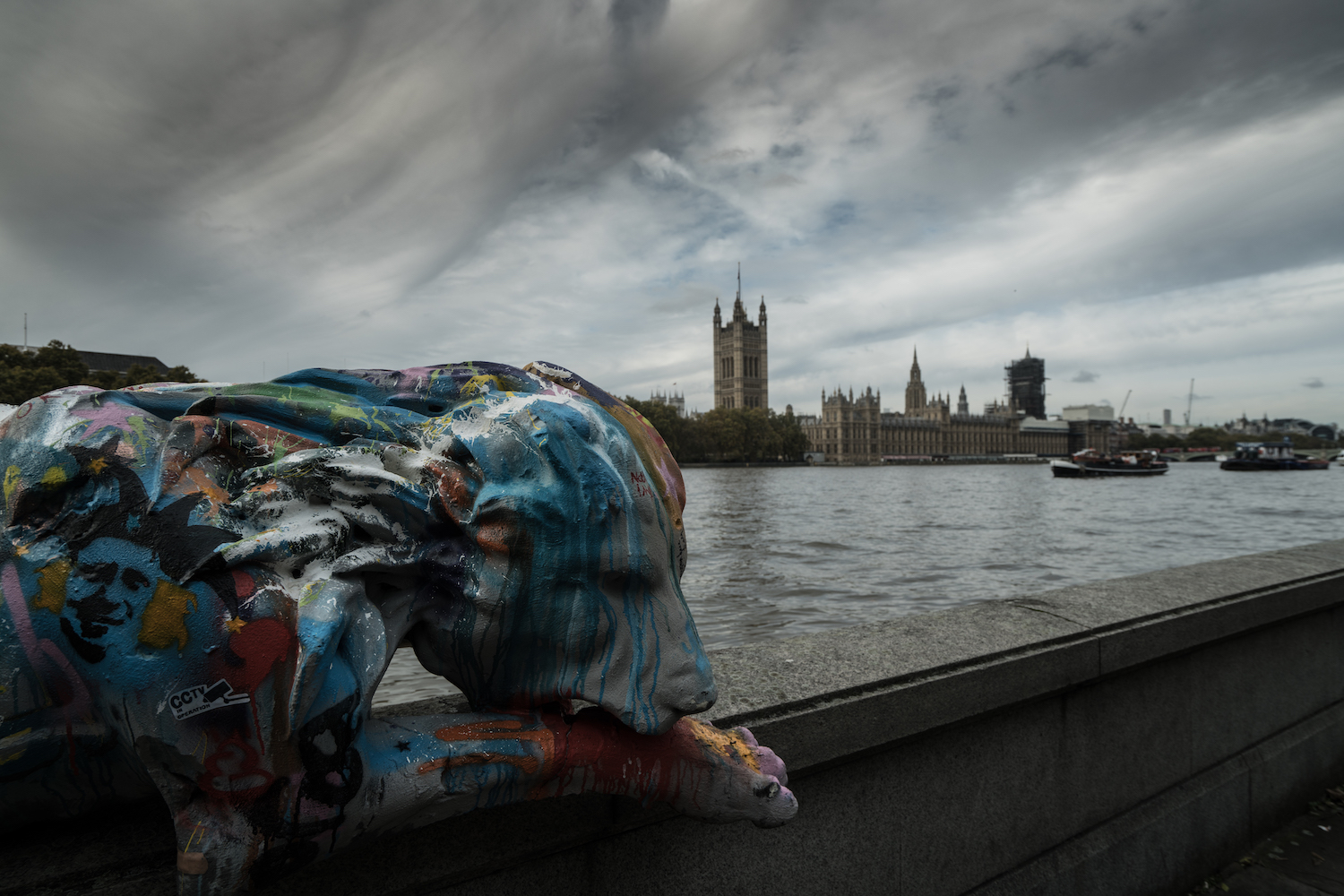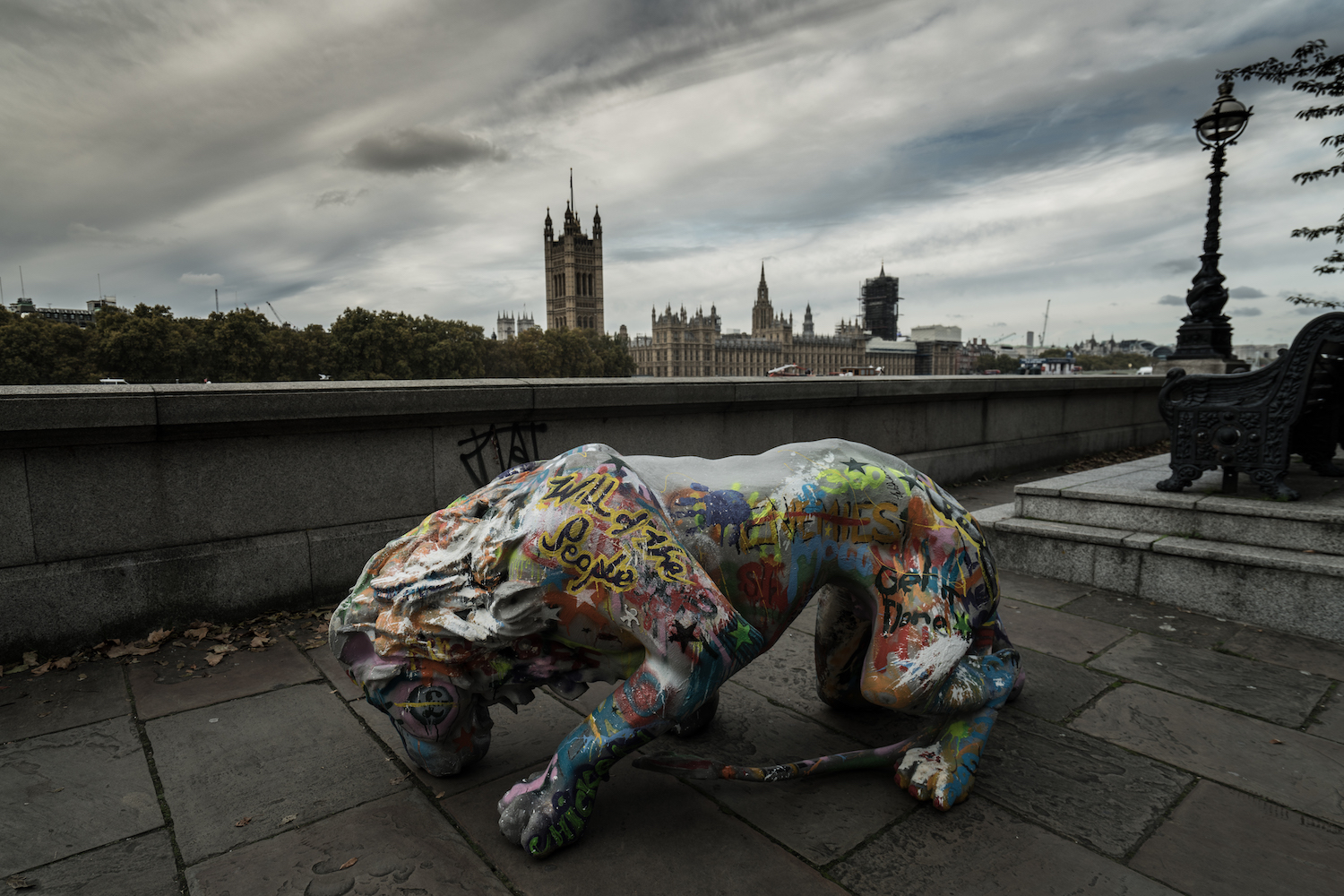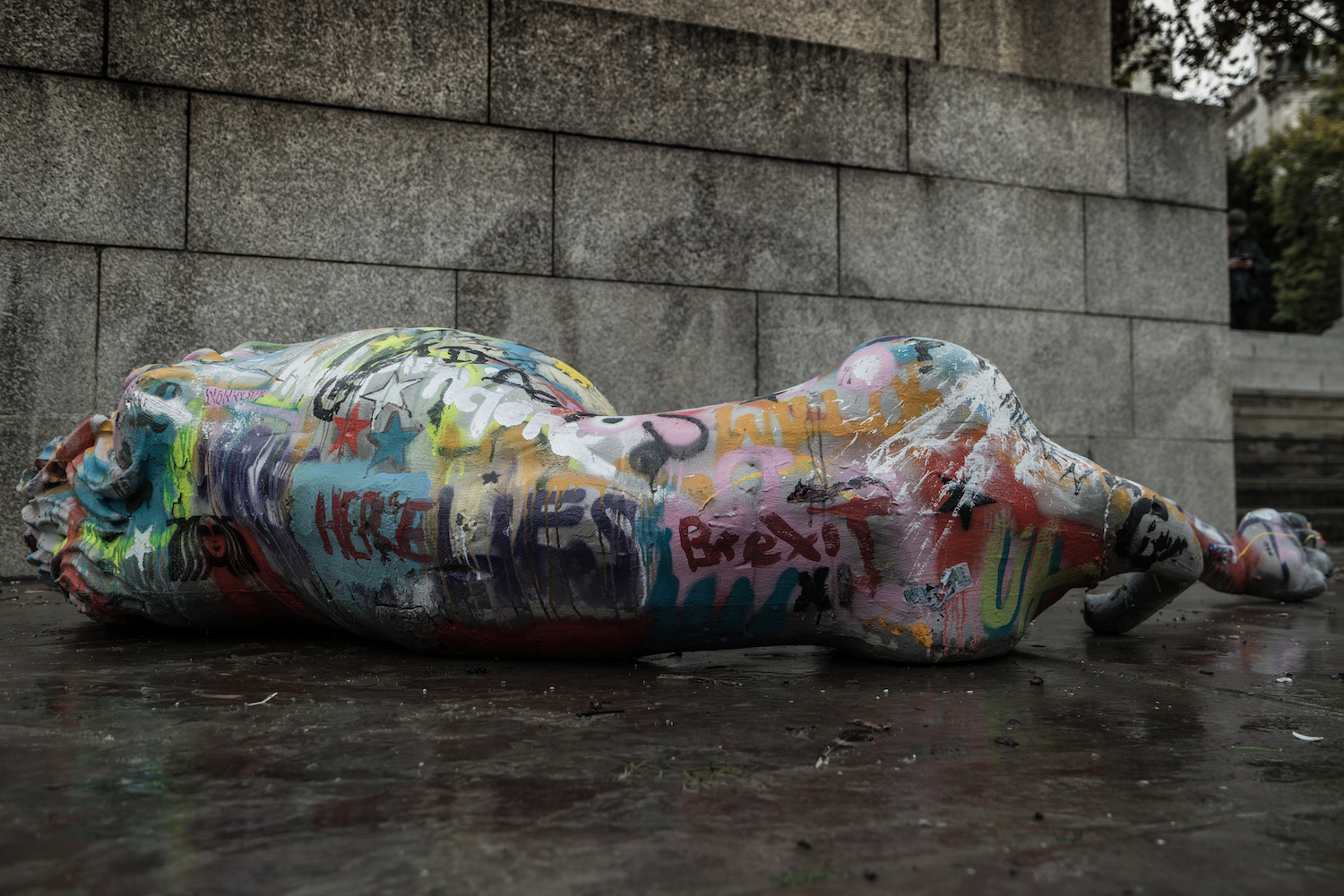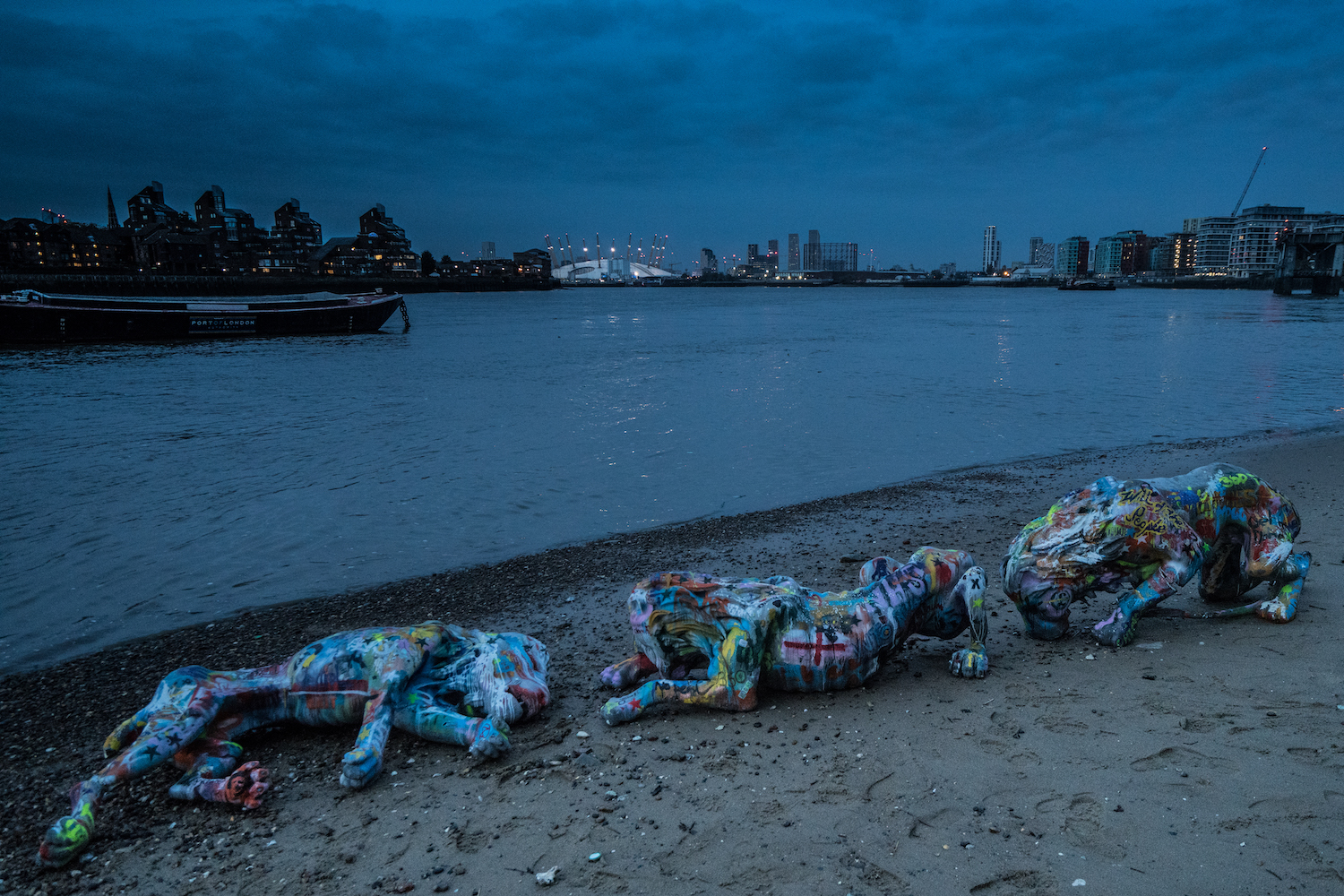
As the art world makes its way over the crest of summer, eagerly anticipating the deluge of fairs to come in the autumn, it is easy to forget about Brexit entirely. Of course, for the British galleries who will be making their way to Messe Basel or the Regent’s Park, Brexit seemingly bears little worth mentioning — while hardly convenient, it takes a comfortable second place to the slew of changes in curatorial and sales practices brought on by the COVID pandemic. What’s more, for those who have made it through pandemic hell and now await its passing, the trauma of Brexit and a global pandemic together has likely been rolled into one desperately difficult process, but nonetheless hopefully one soon to pass (or, at least, to pass in a near-ish future).
However, for the newer British galleries only beginning their work, for whom the relative glitz of Art Basel or Frieze remains a distant prospect, the response to Brexit is an entirely different story. Hikes in shipping prices to and from the continent, along with crippling VAT charges and arduous administrative red tape, has made working with European artists a risk so unattractive as to be prohibitive, threatening to widen the chasm between the art world “haves” and “have-nots” long after the pandemic has ended. While Brexit has undoubtedly laid an undue weight on the already-burdened shoulders of Britain’s established art world, it has threatened to foreclose on the future of any emergent art world to come, yoking ascendant dealers and curators to regulations sustainable for only the exceptional and exceptionally wealthy.
These regulations will likely alter little for the average gallery-goer in the short term. The UK has the benefit of a remarkably strong pool of young, homegrown talent, the stars of which have come to international repute just on the cusp of Britain leaving the EU. Even young galleries will continue to have access to exciting, internationally attractive practitioners at home — to suggest otherwise would belittle Britain’s talent. However, the cogs of change continue to turn, if only incrementally: as international artists raise their profiles overseas, the set of galleries able to afford bringing such names to a domestic market is limited to only those with the capital to pay the requisite fees (and risk the potential futility of such costs), creating a clear division between those able to offer an international outlook to collectors and those who are not.
In turn, the sheer passage of time will only exacerbate the issue. Even now, young galleries are so proliferous in the UK that local offerings quickly run the risk of turning stale, and this issue is only due to grow worse with time. More damningly, the influx of European talent throughout Britain’s art schools is sure to erode now that European students are to be charged international fees. While many institutions have instituted generous bursaries in order to attract EU students, there could be no sufficient wholesale replacement for home fees. While European students in Britain are not simply duplicates of those who work from their home country, they at least provide variation and influence; in their absence, a homogenized, localized cohort of art school graduates seems unappealing at best. While perhaps pessimistic, the logical conclusion of these conditions is a slow but steady drift away from the cultural mores of the continent in both curatorial and artistic production, leaving British artists and galleries behind their necessarily more culturally fluid European counterparts, with limited, primarily London-based, exceptions.
But declaring the cause lost altogether would be going a step too far. As opposed to relinquishing the even limited hold emergent practitioners have on the UK art world, now is the time to come together ideologically and materially, creating avenues for the exhibition of exciting, imported work through alternative modes of ownership and authorship. Taking cues from less competitive (or better put, more resigned) industries such as publishing, partnerships and the sharing of economic loads for services such as international shipping stand to provide a crucial opportunity for many otherwise cash-strapped galleries. Shared shipping routes and coordinated exhibitions present two of the most basic opportunities, but it need not be limited to that — much as magazine and book distributors will often work with dozens of publishers to coordinate cost-effective freighting, an art-world equivalent may soon emerge.
Likewise, collaborative exhibitions compound this partnership into the territory of collective authorship, fusing the process of curation and exhibition for those who find individualized importing to still be too precarious a risk. For truly upstart galleries, bearing the entirety of the risk load for foreign artists may threaten viability, whereas collaborative efforts between galleries, in which both risk and upside is shared, may provide an answer. To date, these arrangements have primarily been limited to the intersection of digital and emerging outlets, but may become more popular in time.
With this being said, the paramount objective for all collaboration must be to not let nomenclature act as a half-hearted substitute for action. Despite the successful collectivized programming of events like London Gallery Weekend, such partnership does little to jumpstart action within or around emerging art worlds. Even the Gallery Weekend rejected applicants on the basis of location and the number of artists they represented, discounting young or nontraditional venues. Buzz surrounding the idea of collaboration means little if there is nothing to substantiate it; if young galleries are going to continue being able to offer international programs, there will have to be more than just talk.























